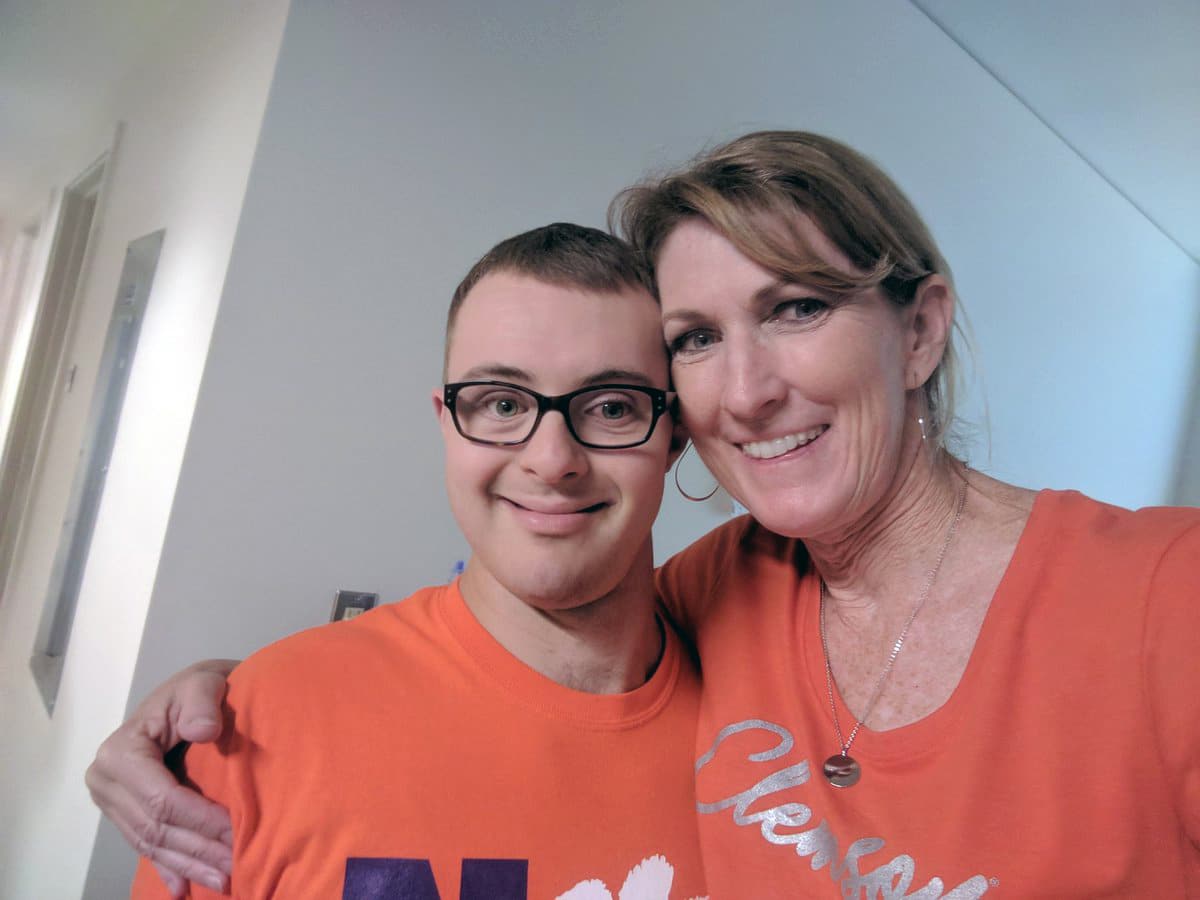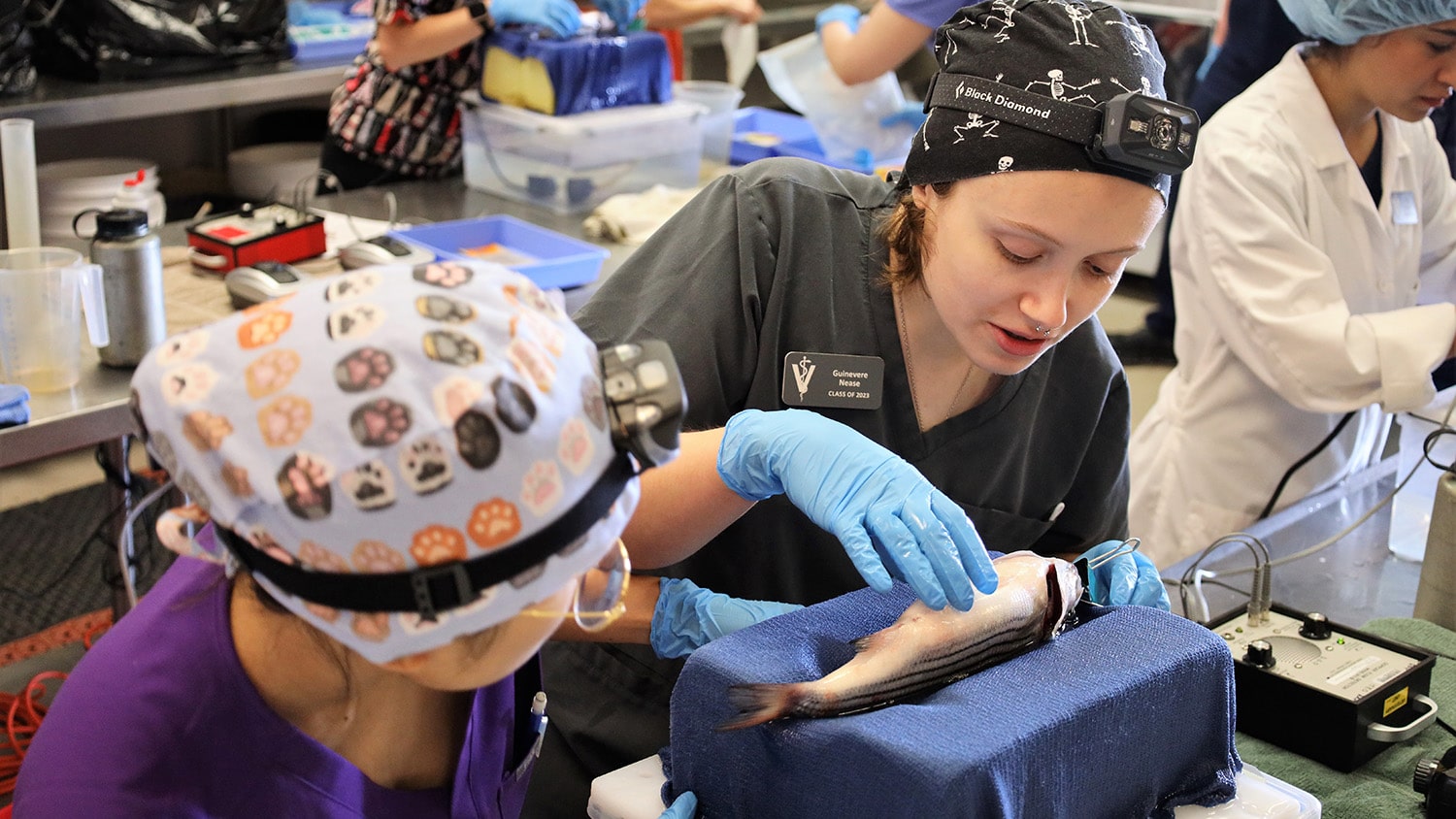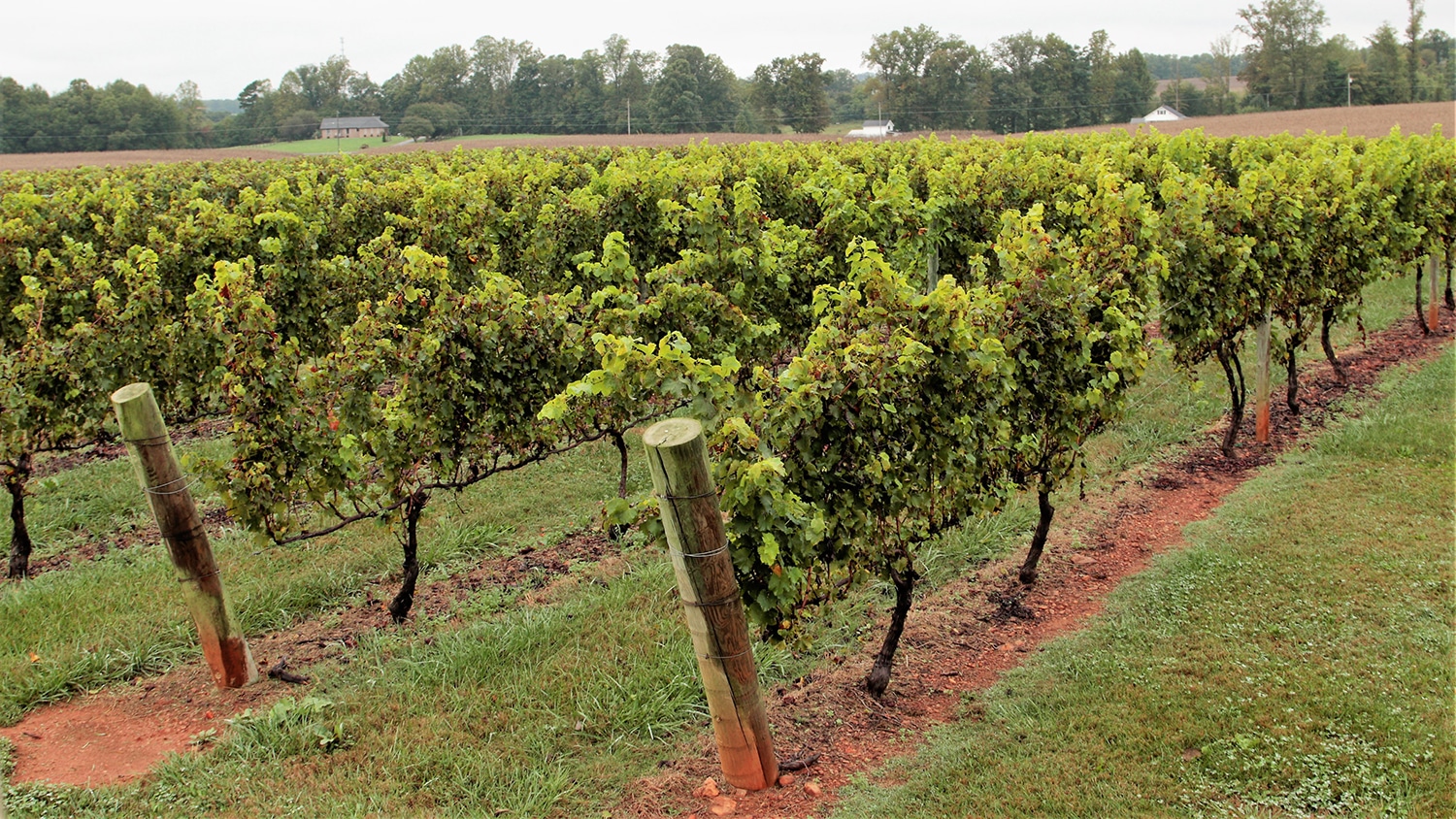Beyond the Bricks: Get to Know N.C. Sea Grant
We head to the coast for this installment in a series that spotlights NC State people and programs at work outside our Raleigh campus.

Flip through the latest issue of Coastwatch magazine, and you’ll find articles on everything from hurricane recovery to marsh migration to seafood. Not to mention an aptly named section — “Hook, Line and Science” — that’s packed with information for anglers.
When it comes to challenges that face our coast and its communities, North Carolina Sea Grant is front and center.
Headquartered at NC State, Sea Grant spearheads critical research and outreach programs — facilitating millions of dollars of federal and state funding each year — that result in real solutions.
“I would describe our Sea Grant program as being community-driven and research-based,” says Sea Grant Executive Director Susan White. “We have a diversity of experts who are passionate about their areas of interest — everything from fisheries to engineering to hazard preparedness — and work across the state with partners who are equally driven to meet the needs of coastal communities.”
A Team Approach
Part of the National Sea Grant Network, North Carolina Sea Grant is a multicampus program of the UNC System, with coastal offices in Manteo, Morehead City and Wilmington. Hundreds of partners across North Carolina include local, state and federal agencies; businesses; schools and community organizations.
Those partnerships are key, White says.
“We’re all working together to leverage people’s interests and passions and funding so that we can bring a whole team approach to tackling these challenges,” she says. “The questions we’re trying to answer are interdisciplinary, so you really do need your community leaders, your educators, your local businesses. It’s an end-to-end piece that requires a lot of partners.”
And the program’s impact is greatest at the local level, White adds.
“That’s the intent of our program — to ensure that we understand the concerns of the communities that we work in and live in, and bring those questions to our experts across the state,” she says. “Increasingly, our faculty and students get to see the results of their research in an applied way, a very rewarding way, at the local level.”
Pressing Issues
What, exactly, are the challenges Sea Grant is tackling? The list is long, White says, changes frequently and runs the gamut from extreme weather to land development.
One recent project focused on marsh restoration. Sea Grant funded a collaborative team of researchers and partners from Jacksonville, North Carolina, to study how restored marshes in the Wilson Bay area of the New River trap nutrients, compared with nearby natural marshes. City officials used the results to guide their successful restoration program.
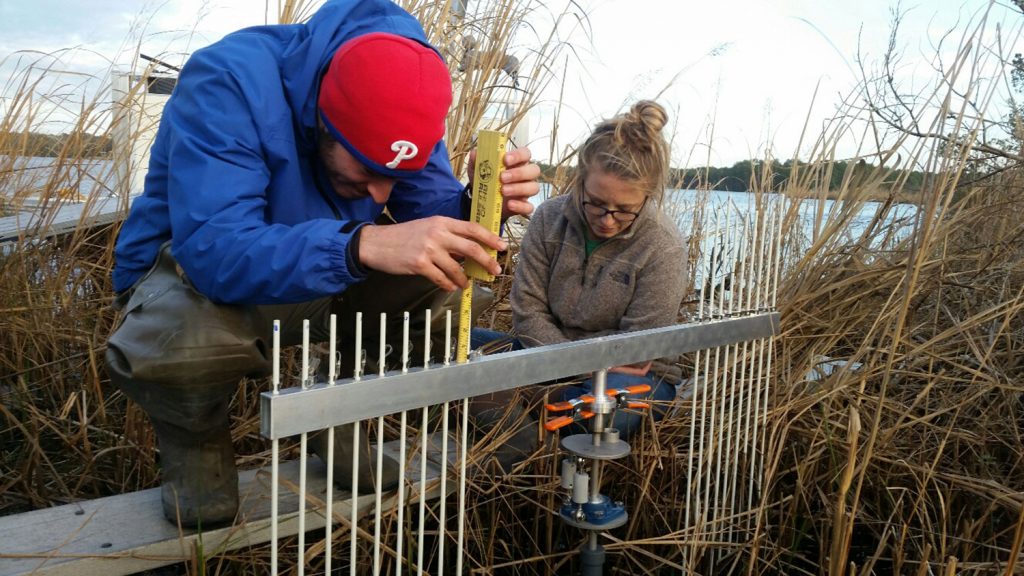
Another project, in the town of Windsor, North Carolina, examined flood mitigation in the wake of Hurricane Matthew. Sea Grant brought together local leaders and university experts to develop a template for watershed and riverine flood models. State emergency managers and transportation officials now are applying the template to larger river basins, such as the Neuse.
Water quality is also a biggie.
“A lot of our work comes back to the people and the impacts on their communities,” White says. “Water quality impacts not only our public health, but also our fisheries and our coastal wildlife. Everything is connected.”
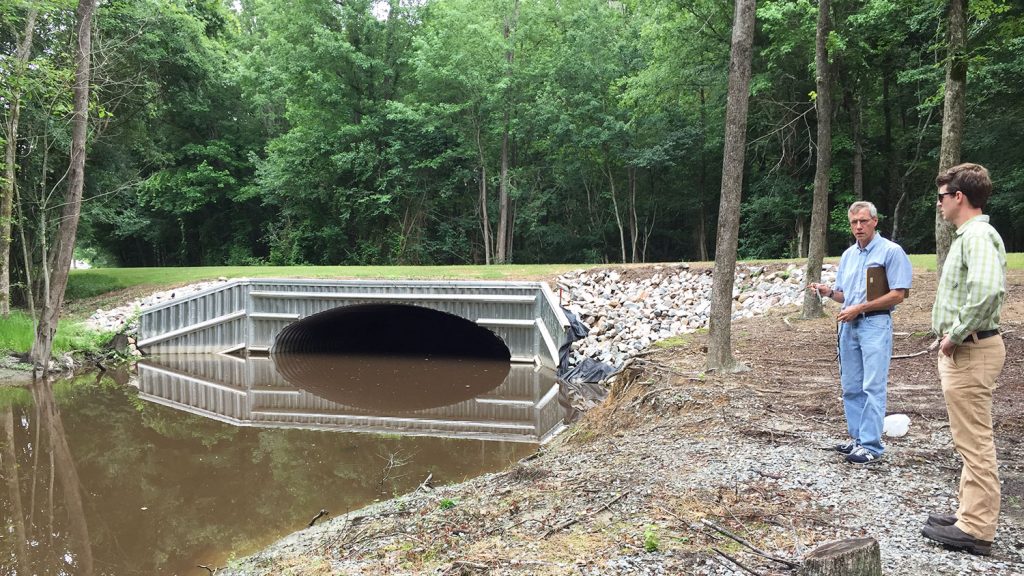
Other recent Sea Grant projects have focused on ensuring a safe seafood supply, growing the state’s aquaculture industry, enhancing education for students in underserved populations, tackling marine debris challenges, mitigating sea level rise impacts and more.
‘Caring About People and the Environment’
Community education programs such as the Coastal Landscapes Initiative raise important awareness of coastal issues and the role individuals can play in conservation, says Katie Mosher, North Carolina Sea Grant communications director.
The Community Collaborative Research Grant Program — a collaboration among Sea Grant, the North Carolina Water Resources Research Institute and the Kenan Institute for Engineering, Technology and Science — merges the knowledge of community stakeholders with academic experts to tackle priority coastal issues.
Sea Grant specialists also give presentations at community events and conferences that spotlight everything from the value of commercial fisheries to the importance of preserving North Carolina’s maritime history.
Print materials produced by Sea Grant also play a key role in community education.
“Our current information on topics such as rip currents and sharks goes to lifesaving units and visitor centers along the coast,” Mosher says. “Real estate agents also get information from us to share with renters. We tailor those educational pieces to each audience.”

K-12 outreach is another form of community engagement that is central to Sea Grant’s efforts. Train-the-trainer workshops with teachers — as well as development of curricula and lessons — amplify the program’s reach to students across the state. Sea Grant also invests in graduate fellowships and training opportunities.
“We are caring about people and the environment,” White says. “Those are the two things that we lean on.”
As North Carolina Sea Grant approaches its 50th year, those two things are more important than ever. As is the organization’s dedication to leading research and outreach programs that address critical coastal issues and create lasting solutions.
Want to dig deeper? Check out this video about Sea Grant, explore its program areas and funding opportunities and, before you wet a line along the coast, visit the Hook, Line and Science blog for all sorts of information about recreational fishing.
- Categories:
